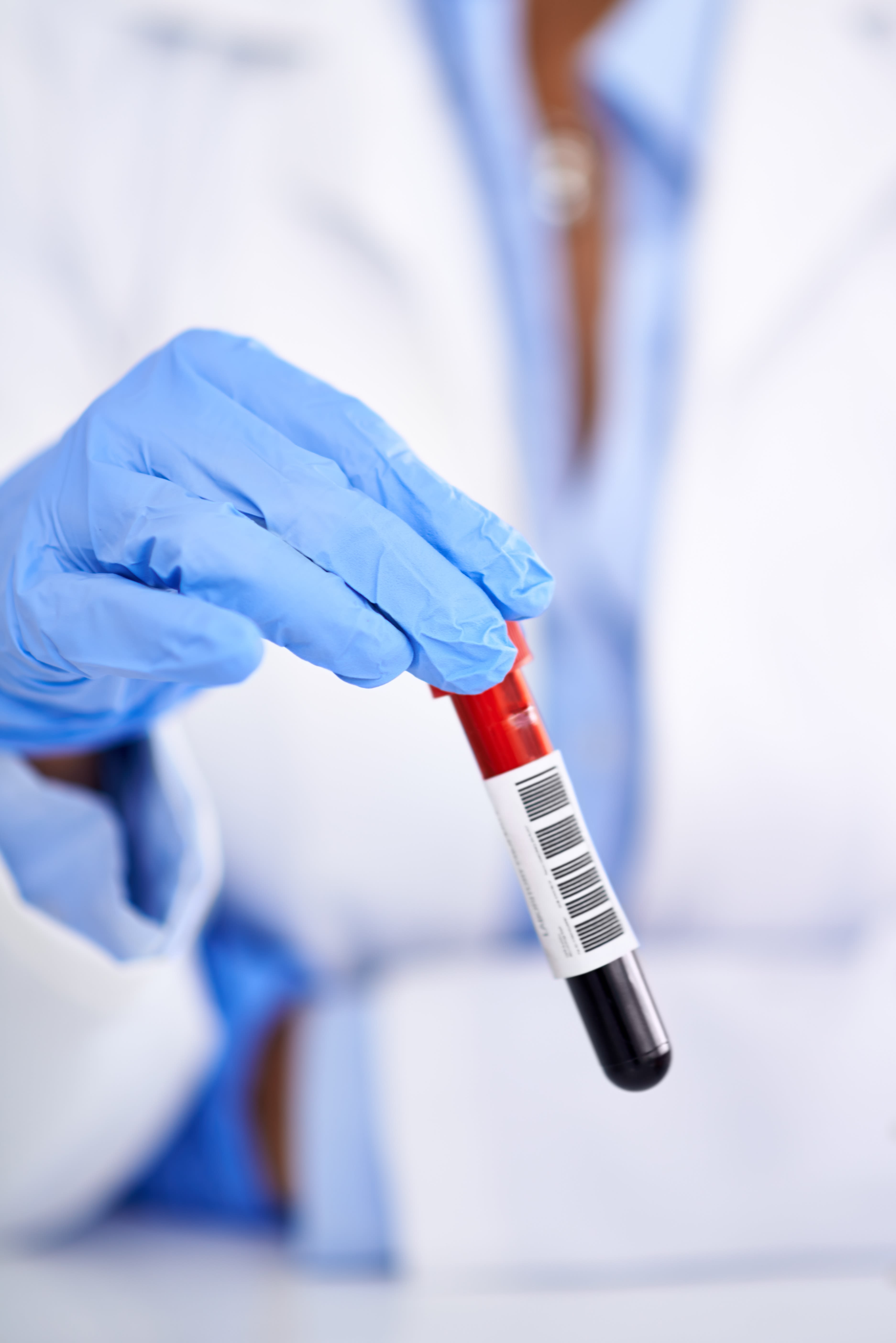A common concern for cancer survivors and their families is the possibility of cancer returning, known as recurrence. This occurs when cancer cells that were undetected during remission begin to grow and form new tumors. While not all cancers recur, some are more prone to recurrence than others, and understanding the factors that influence it can help provide reassurance.
Cancer recurrence can happen months or years after treatment and may occur locally, in nearby tissues, or in distant parts of the body. The risk of recurrence depends on factors such as the cancer’s type, growth rate, and stage at detection. Some cancers, like glioblastoma, ovarian cancer, and bladder cancer, have high recurrence rates. Certain types of breast cancer may recur more frequently within five years, while others, like hormone receptor-positive breast cancer, are less likely to return but can do so many years later.
Signs of recurrence vary by cancer type and location, but common symptoms include lumps, unexplained weight changes, persistent cough, fatigue, night sweats, changes in bowel or urinary habits, and abdominal pain. It’s crucial to be vigilant about these symptoms and report them promptly to a doctor.
To reduce the risk of recurrence, survivors should maintain regular follow-up appointments, adopt a healthy lifestyle with a balanced diet, and regular exercise regularly, and avoid smoking and excessive alcohol. Managing stress and adhering to prescribed treatments are also key. If recurrence does occur, treatment options include surgery, radiation, chemotherapy, targeted therapy, or immunotherapy, depending on the cancer type and its location.
Though cancer may not always return, staying proactive with follow-up care, healthy living, and being informed about treatment options can help survivors reduce their risk and maintain a fulfilling life after treatment.




Post a Comment